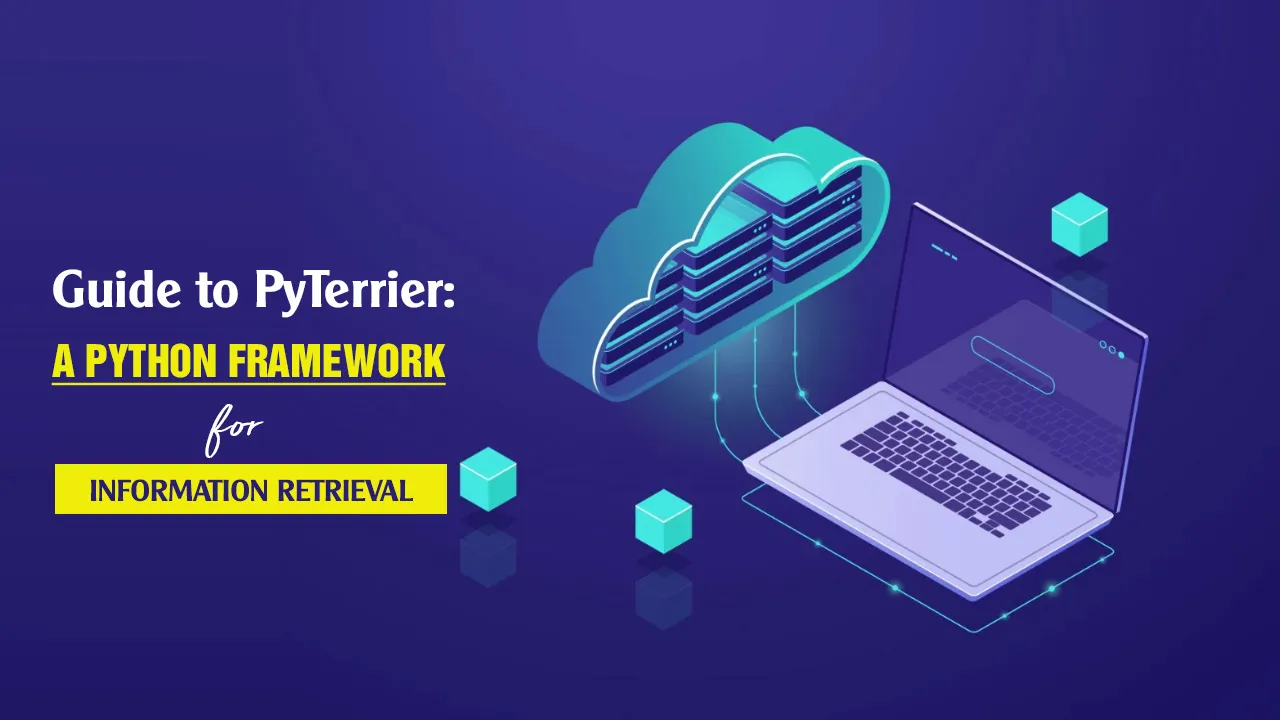Information Retrieval is one of the key tasks in many natural language processing applications. The process of searching and collecting information from databases or resources based on queries or requirements, Information Retrieval (IR). The fundamental elements of an Information Retrieval system are query and document. The query is the user’s information requirement, and the document is the resource that contains the information. An efficient IR system collects the required information accurately from the document in a compute-effective manner.
Register for AWS ML Fridays and learn how to make a career in data science.
The popular Information Retrieval frameworks are mostly written in Java, Scala, C++ and C. Though they are adaptable in many languages, end-to-end evaluation of Python-based IR models is a tedious process and needs many configuration adjustments. Further, reproducibility of the IR workflow under different environments is practically not possible with the available frameworks.
Machine Learning heavily relies on the high-level Python language. Deep learning models are built almost on one of the two Python frameworks: TensorFlow and PyTorch. Though most natural language processing applications are built on top of Python frameworks and libraries nowadays, there is no well-adaptable Python framework for the Information Retrieval tasks. Hence, here comes the need for a Python-based Information Retrieval framework that supports end-to-end experimentation with reproducible results and model comparisons.
#developers corner #information #information extraction #information retrieval #ir #learn-to-rank #ltr #pyterrier #python #random forest #ranking #terrier #xgboost
